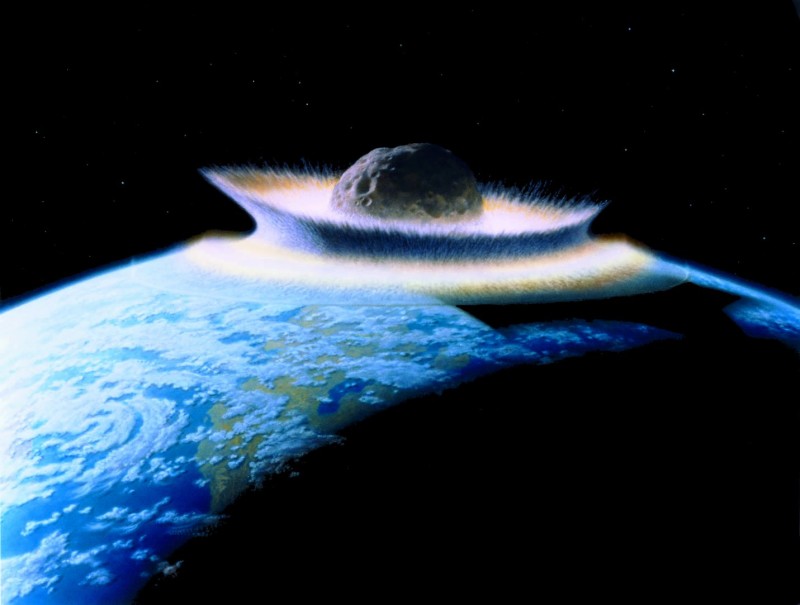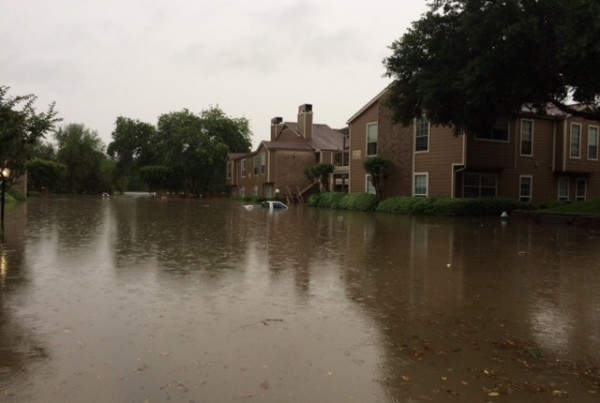Less time separates us from Tyrannosaurus rex than separated them from the Stegosaurus. That something that might be hard to wrap your head around, but the age of the dinosaurs was a longer period that we humans often imagine.
But then a giant asteroid hit earth about 66 million years ago, and, well, eventually gave birth to the Texas oil industry.
Not that long ago, researchers found a crater on the Yucatan peninsula in Mexico, and they believe it may be ground zero for the impact that helped do in the dinosaurs.
This month, a team of researchers began drilling into this seminal crater. One of those scientists is Sean Gulick from the Institute of Geophysics at the University of Texas. He called the Standard from the drill site. He’s on a 245-foot-long lift boat lifted up above the water, with a small mining rig stuck on the bow.
The team is planning to drill down 1,500 meters – a little less than a mile – into the Chicxulub crater’s subsurface.
Gulick says the team is clothed in their personal protective devices: hard hats and safety goggles.















